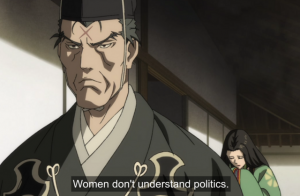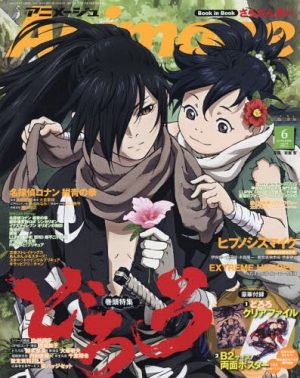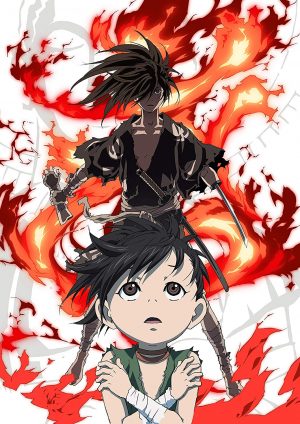One of the hottest trends in anime these days is to take a classic story from decades ago and reinterpret it for a modern audience. Shows like Parasyte: The Maxim, Banana Fish, and Devilman Crybaby take the themes of their source material and recontextualize them for the present day, sometimes even managing to surpass the original creation.
Well, if you’re looking for the most dramatic example of updating an old property for a new audience, Winter 2019’s Dororo is the place to stop. Based on a 1967 comic by Osamu Tezuka–widely known as “the father of manga”–this brand new reinterpretation has some big geta sandals to fill. So how does it compare to its 50+-year-old source material? Read on to find out!
Storytelling Just Wasn’t the Same Back Then
In the 1960s, manga was still a very young medium. The standard art style and overall tone were heavily influenced by early Disney cartoons, as seen in some of Tezuka’s other creations like Astro Boy and Kimba the White Lion. So, when the mangaka decided to write a dark historical drama, he presented it through the lens of ‘60s kitsch–a tone more suitable for kid-friendly series that didn't need to be taken very seriously.
In the manga, Hyakkimaru doesn’t seem to be all that affected by his missing body parts. He starts and ends the series as a confident, socially well-adjusted, and somewhat arrogant young man who interacts with other people as easily as any normal person would. His ability to “see” souls is so advanced that he can intuit what people are saying without hearing them, and can respond back by speaking with his stomach muscles. He frequently comments on smells and sounds that he would have no physical way of experiencing, and he’s so resourceful that he uses random gadgets and medicines from his foster father (the doctor) to wriggle his way out of any sticky situation.
Other characters feel like cardboard cutouts rather than the nuanced and realistic people who we get to know in the 2019 anime. Lord Daigo is evil with a capital “E” and only cares about his own ambitions instead of protecting his land, Mio is a throwaway love interest who appears just briefly in Hyakkimaru’s backstory, and Dororo himself isn’t much more than a bratty kid who wants to steal Hyakkimaru’s sword as a status symbol. Combined with odd anachronistic jokes like Dororo mentioning a ‘60s horror manga artist and the out-of-place slapstick humor happening mere panels away from children being shot by a hail of arrows in front of their parents, the original Dororo manga is–to put it lightly–a bit of a mess.
How the Anime Changes Everything
The confident version of Hyakkimaru from the original manga isn’t just inferior to the 2019 anime because it’s physically impossible–it’s inferior because his entire character arc is missing. Anime Hyakkimaru is a perfect warrior who can’t feel pain or get distracted, but he’s completely cut off from any kind of human intimacy. And every time he regains a body part, he loses some of his invincibility in exchange for an aspect of his human self that he barely understands. One of the most impactful moments of the show so far is when he regains his ears just in time to hear the mournful cries of the woman whose brother he killed to get them back. The irony is heartbreaking, and it’s entirely original to the anime.
The new version also weaves Buddhist philosophy and the struggles of people living in feudal Japan more intricately into the story. For example, the doctor is trying to atone for his sins in war by crafting prosthetics for the dead. He doesn’t just take Hyakkimaru in and raise him because he’s a nice guy, but because he sees the child as the embodiment of the desperation that war has brought upon him and the land.
Final Thoughts

The original 1967 Dororo manga is still worth reading as a historical time capsule for very early manga, but it squanders its amazing premise and setting by refusing to dig deep into the motivations of its characters. The 2019 anime eschews dated ‘60s art and lazy humor in favor of telling a much more realistic tale that a modern audience can appreciate. After so long, this story has been given the adaptation that it truly deserves.
What did you think of our comparison? Would you prefer the old Hyakkimaru or the new one? What has been your favorite part of the anime so far? Let us know in the comments, and thanks so much for reading!
Recommended Post
6 Anime Like Dororo [Recommendations]
Recommended Post
Top 5 Dororo Characters
Recommended Post
Top 5 Dororo 1st Cours Scenes
Recommended Post
Dororo Review - "A Remake for All Audiences"
Recommended Post
Top 10 Redemptive Dororo Characters
Recommended Post







